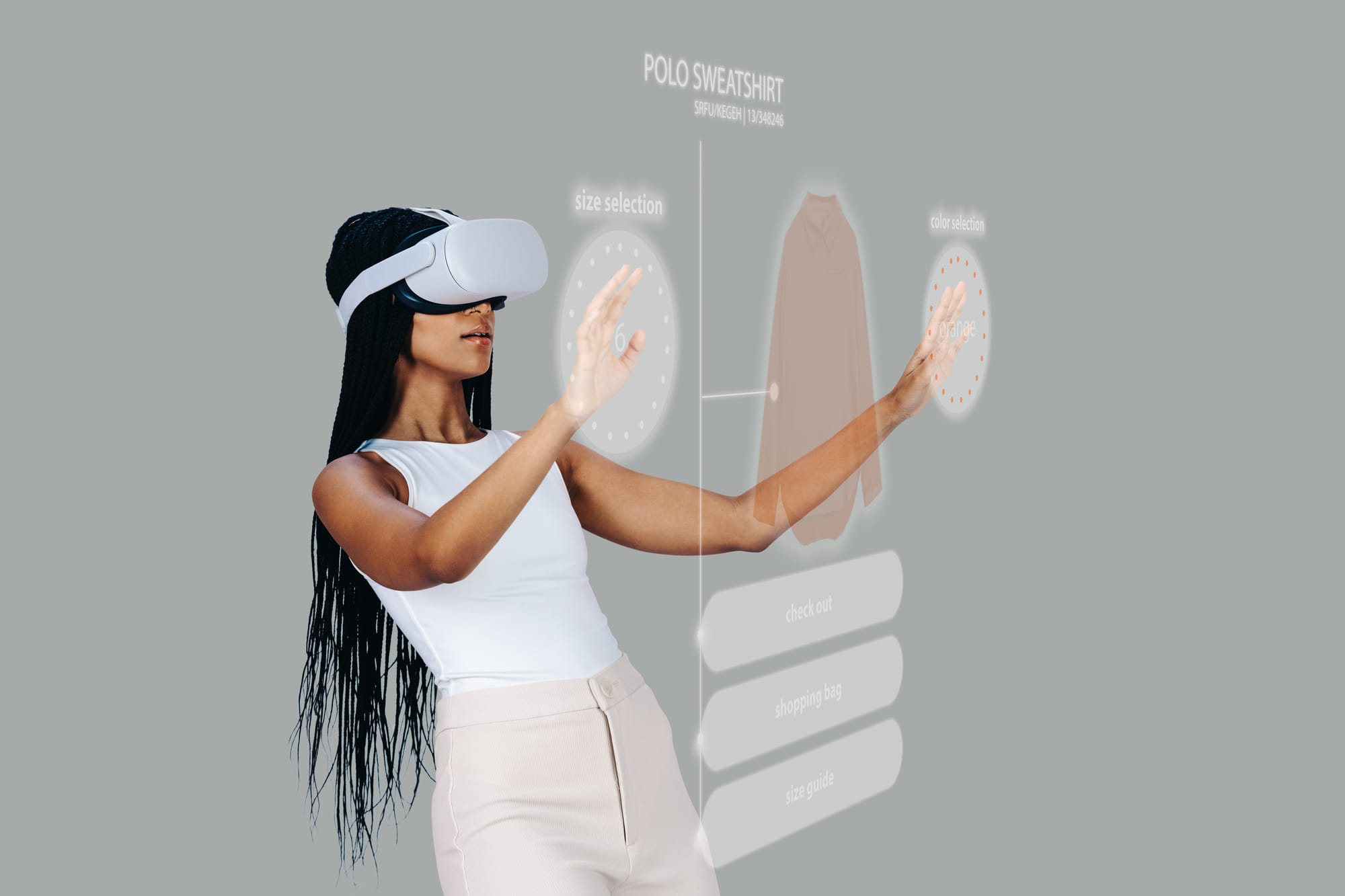AI Isn’t New—It’s Just the Latest Chapter in a Long Story of Innovation

Let’s be clear: AI is not some uncontrollable monster destined to replace us. It’s not the beginning of the end for human contribution in industry or business. What it is, though, is the next step in the evolution of innovation—and we’ve been here before. In my career, especially through my experience in the apparel industry, I’ve worked closely with companies—big and small, legacy brands and disruptive newcomers—who are trying to figure out how to meet AI head-on. And I’ve helped them do it using a simple, effective playbook that meets organizations exactly where they are.
We've Been Here Before
Remember industrial automation? It changed everything. Sure, it replaced some roles—bolt turners, sheet cutters—but it also gave rise to new ones. People moved into roles requiring more strategy, more technical insight, more creativity. The whale oil industry didn’t survive the light bulb. Switchboard operators vanished. The paper industry, once a massive global employer, has changed dramatically. And yet—we’re still here. Industries evolved. Jobs evolved. People adapted.
The AI Hype? It's Familiar—And Overblown
Today, we’ve hyped AI into this massive, mysterious force—something that’s going to make us all obsolete. But that’s not the truth. Yes, jobs will be lost. Yes, companies will fold. But that’s not new—it’s just history repeating itself. The real opportunity is in transformation, not fear. I talk with leadership teams from across industries every week—companies with wildly different product portfolios, challenges, and levels of maturity. The ones who are succeeding are asking the right questions:
- How do we take control of this shift?
- Where do we start?
- How do we measure impact, reduce cost, and stay competitive?
How I Help Companies Meet AI Head-On
Here’s the approach I use—a repeatable, practical playbook designed to demystify AI and bring value through clarity, structure, and alignment:
🔍 1. Document Everything
We start with where they are today:
- What’s the current OpEx in the targeted area? (Design? Trend analysis? Merchandising?)
- Who are the people involved and what are their roles?
- What does a day-in-the-life look like for each role?
- What systems and tools do they use? What data supports the process?
- What’s the maturity level of the process, compared to industry standards?
🧩 2. Flatten the Model
We then flatten the data and workflow into a simplified model:
- What steps are absolutely necessary?
- Which roles are critical?
- What is the data actually telling us?
We focus on shortening the process, minimizing system complexity, and understanding the minimum viable team to deliver value.
⚙️ 3. Find the Repetitive Tasks
Now that we’ve established a baseline, we:
- Look for repetitive, manual, or low-value tasks
- Identify what can be automated, improved, or eliminated
- Develop a new process flow, data model, and role map
We use this to calculate cost savings against prior OpEx. If we need new tools or AI agents to make it happen, we factor in their cost and build a case to show ROI in 2 to 5 years—often turning tech investments into cost-neutral decisions.
♻️ 4. Rinse and Repeat
This isn’t a one-time fix—it’s a scalable approach that can be applied across the business. The key is to:
- Scope wisely
- Stick to the scope
- Avoid scope creep at all costs
And here’s the hard truth—technology isn’t the biggest challenge.
The Cultural Challenge is Bigger Than the Tech
Sometimes, the biggest hurdles aren’t technical at all. They’re human. I’ve had to help companies navigate:
- Poor communication between teams
- Undefined process ownership
- Lack of awareness about the “why” of change
Organizational awareness, education, and alignment are just as critical as software selection or process design. Without buy-in, no AI tool in the world will create sustainable value.
AI Isn’t the End. It’s Just the Next Beginning.
If we stop treating AI like an alien invasion and start seeing it as the latest evolution of how we work, we’ll start building real solutions.Yes—some jobs will disappear.
Yes—some companies won’t survive.
But new roles, new skills, and new leaders will emerge. The real winners will be the companies who embrace the shift, not fear it. The ones who build processes around people, purpose, and precision. And the ones who know that transformation isn’t about tools—it’s about mindset. Let’s stop running from AI and start building with it. We’ve done it before. We’ll do it again.
#AI #DigitalTransformation #Innovation #ApparelIndustry #PLM #Leadership #Strategy #ChangeManagement #FutureOfWork #ProcessImprovement #ROI #TechStrategy